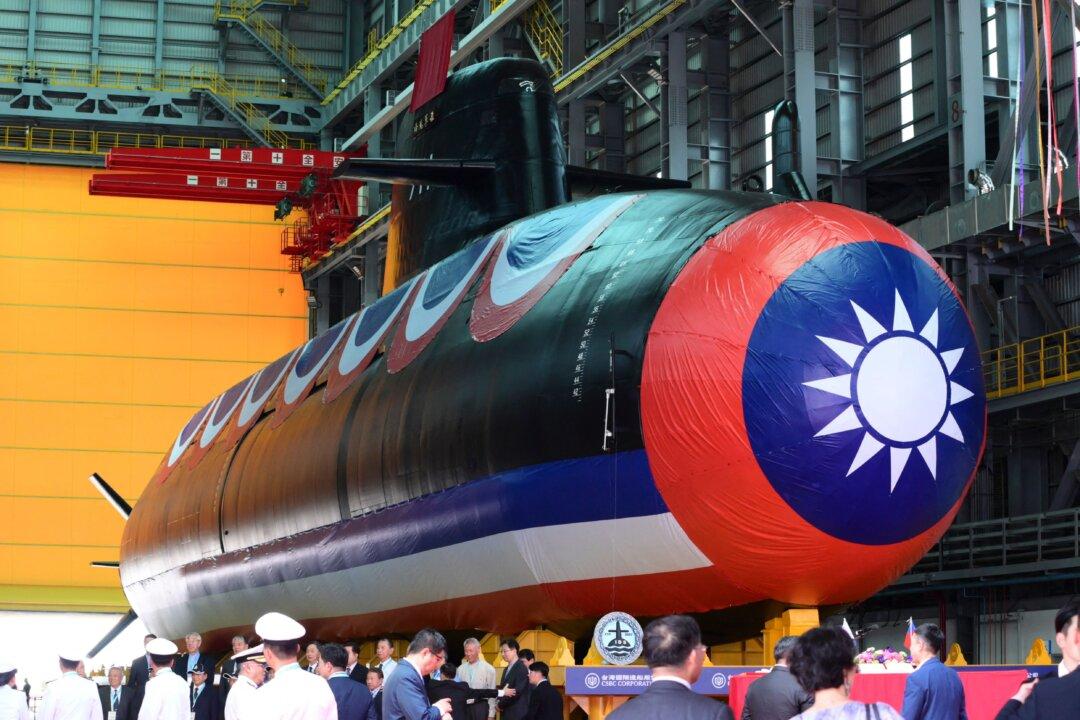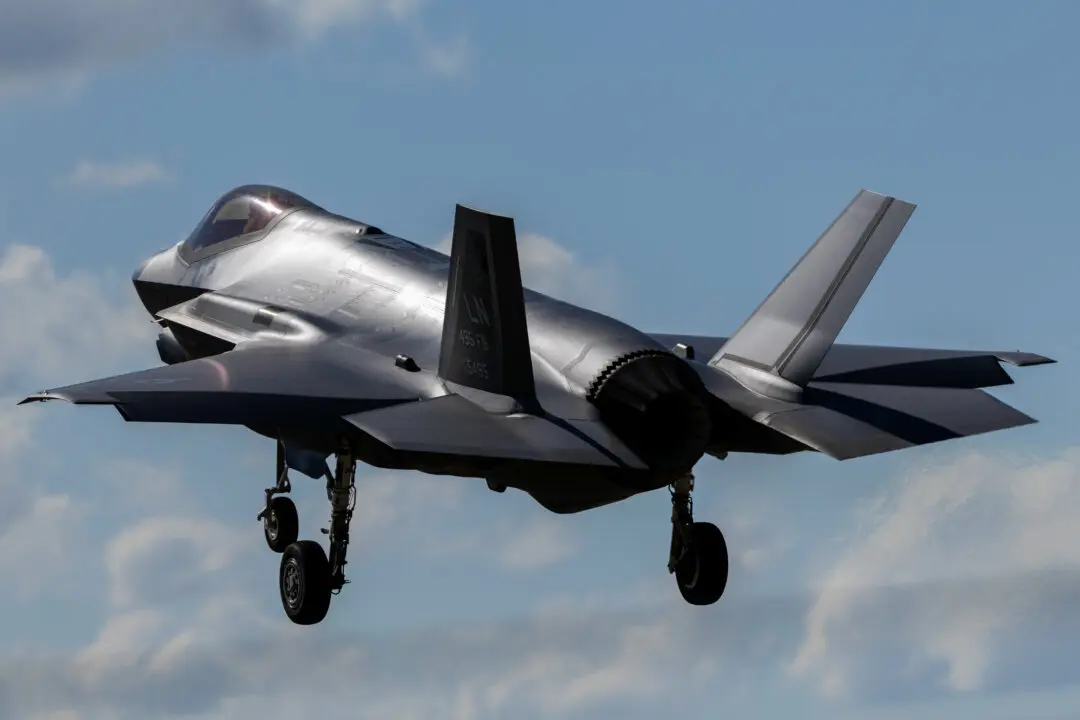Commentary
Just how significant an accomplishment it is for Taiwan to design and build its own domestic submarine can’t be overstated. However, it also can’t be emphasized enough that Taiwan was forced to build its own submarines because Western countries that had considered selling submarines to Taiwan were cowed by threats from the Chinese Communist Party (CCP) into backing out from doing so.





